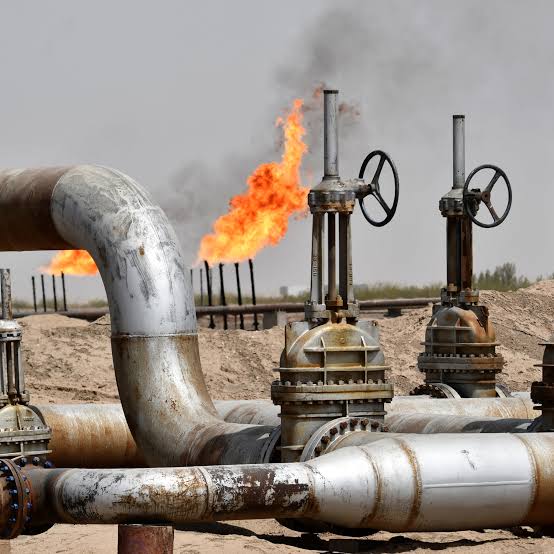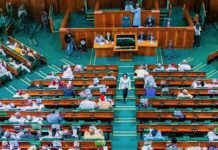Saudi Arabia, the leading member of the Organization of the Petroleum Exporting Countries (OPEC), has unveiled plans to make a substantial reduction in its oil output in July, as part of a broader effort by OPEC+ to stabilize and elevate oil prices.
The Saudi Arabian energy ministry has confirmed that the country’s oil production will be slashed to 9 million barrels per day (bpd) in July, down from approximately 10 million bpd in May. This represents the largest reduction in output witnessed in years.
Prince Abdulaziz, the Saudi energy minister, referred to this move as a “Saudi lollipop” during a news conference, emphasizing the desire to add suspense and avoid predictability in the market.
He further explained, “We always want to add suspense. We don’t want people to try to predict what we do… This market needs stabilization.”
OPEC+ is an alliance between OPEC members and non-member oil-producing nations led by Russia, collectively responsible for around 40% of global crude production. Consequently, their decisions regarding oil supply can exert a significant influence on prices.
While a surprise supply cut in April briefly boosted international benchmark Brent crude prices by $9, concerns over the weak global economy and its impact on oil demand have since caused prices to retreat.
At the end of the trading week, Brent crude settled at $76 per barrel.
Unlike other OPEC+ members, Saudi Arabia possesses ample spare capacity and storage capabilities, enabling it to swiftly adjust its production levels.
This flexibility allowed the country to respond promptly to oversupply issues and implement record output cuts during the initial stages of the pandemic in 2020.
OPEC+ is currently implementing production cuts totaling 3.66 million bpd, equivalent to approximately 3.6% of global demand.
These cuts comprise a 2-million bpd agreement reached last year and voluntary reductions of 1.66 million bpd agreed upon in April.
Initially set to expire at the end of 2023, the OPEC+ group, after seven hours of discussions, recently reached a comprehensive agreement to extend the cuts until the end of 2024 as part of their output policy.
In recent times, Western nations have accused OPEC of manipulating oil prices and undermining the global economy through elevated energy costs, particularly in light of Russia’s invasion of Ukraine in February 2022.
In response, OPEC insiders contend that the West’s monetary policies and inflationary practices necessitate measures to safeguard the value of their primary export.
Industry analysts view Sunday’s OPEC+ decision as a clear indication of the group’s commitment to supporting prices and thwarting speculators.
Amrita Sen, co-founder of the Energy Aspects think-tank, stated, “It is a clear signal to the market that OPEC+ is willing to put and defend a price floor.”
Gary Ross, a veteran OPEC observer and founder of Black Gold Investors, concurred, noting, “The Saudis have made good on their threats to speculators, and they clearly want higher oil prices.”
While the market was closed on Sunday, experts anticipate a robust start when it reopens on Monday.
In addition to extending the existing cuts of 3.66 million bpd, the OPEC+ alliance has agreed to further reduce overall production targets from January 2024 by 1.4 million bpd, resulting in a combined target of 40.46 million bpd.
However, it should be noted that some of these reductions may be nominal, as adjustments were made to align the targets of Russia, Nigeria, and Angola with their current production levels.
In contrast, the United Arab Emirates (UAE) has been granted permission to raise its output targets by approximately











